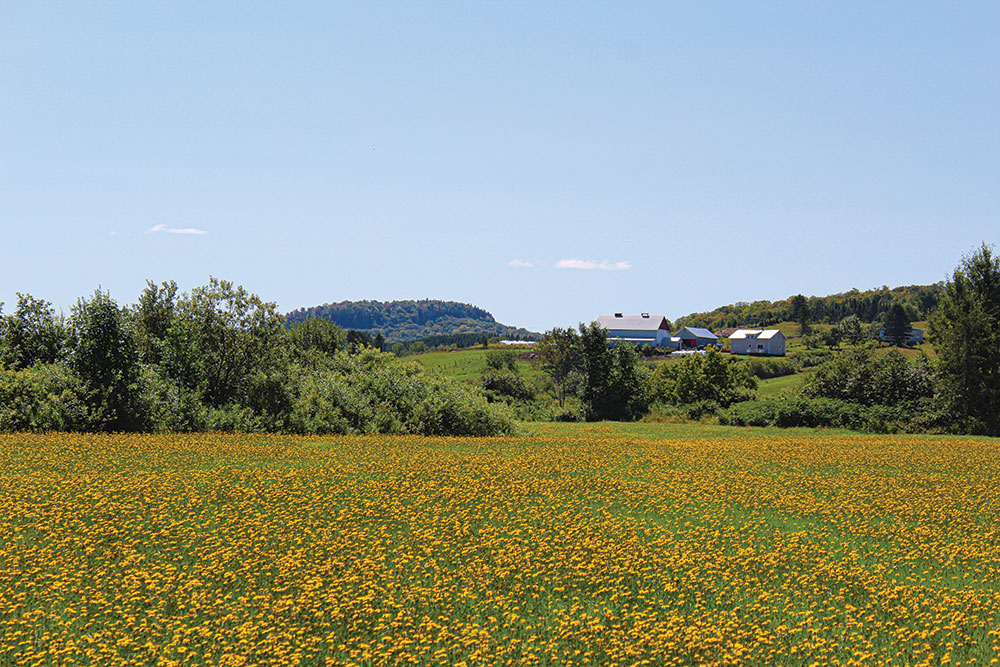Strategic choices enhance your plants’ habitat and productivity.
Many of you might be asking yourselves, “What is gardening for wildlife, and why is it important?”
It’s not a new idea; in fact, it’s been a part of what my Native American ancestors believed. They held that life was one large circle, with all things having equal parts and all being interconnected. There was no beginning and no end. Death was a part of life, and there was no heaven or hell. We humans are no better than the mighty grizzly or the tiny tick, and that we all have a part to play in the game known as “survival.”
Anyone who grows their own food knows the value of having pollinators (hummingbirds, butterflies and bees) visit their crops. However, not all pollinators visit all the time, because each prefers certain plants.
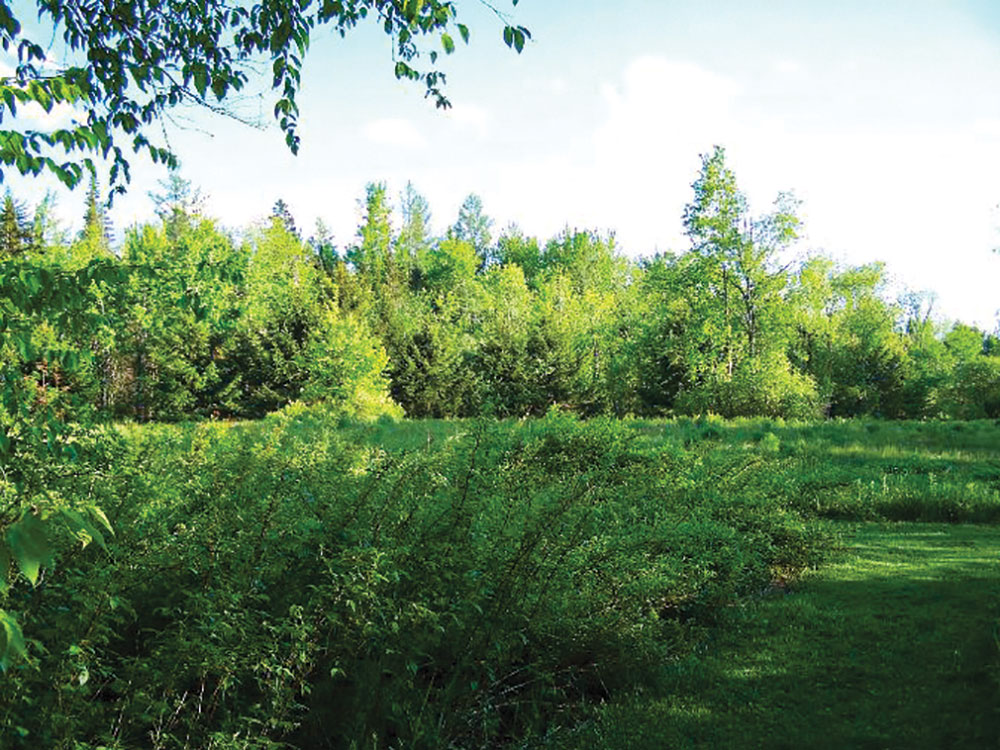
How about attracting hawks, owls, foxes, snakes and other predators to your property to take care of the rodent pests? Similarly, there are deer hunters who plant food plots to attract their prey to a given area. Other wildlife benefits from these plots as well. Conversely, many a turkey, bear, grouse and quail have been harvested in these “deer yards.”
Another thing that wildlife-friendly gardens give us is peace of mind. No matter how stressful your daily life might be, a trip into a “wild” area always makes you feel better. Why do you think so many people visit our national and state parks? Why do people hunt, fish, hike and camp?
“Like us, wildlife needs food, water, cover (shelter) and safe places to raise their young. Here’s where our intervention can have a positive effect on the local critter populations.”
Think how great it would be to have an environment such as that at home. This article deals with how you can design your yard, no matter how small or large, to make it friendly to more wildlife visitors.
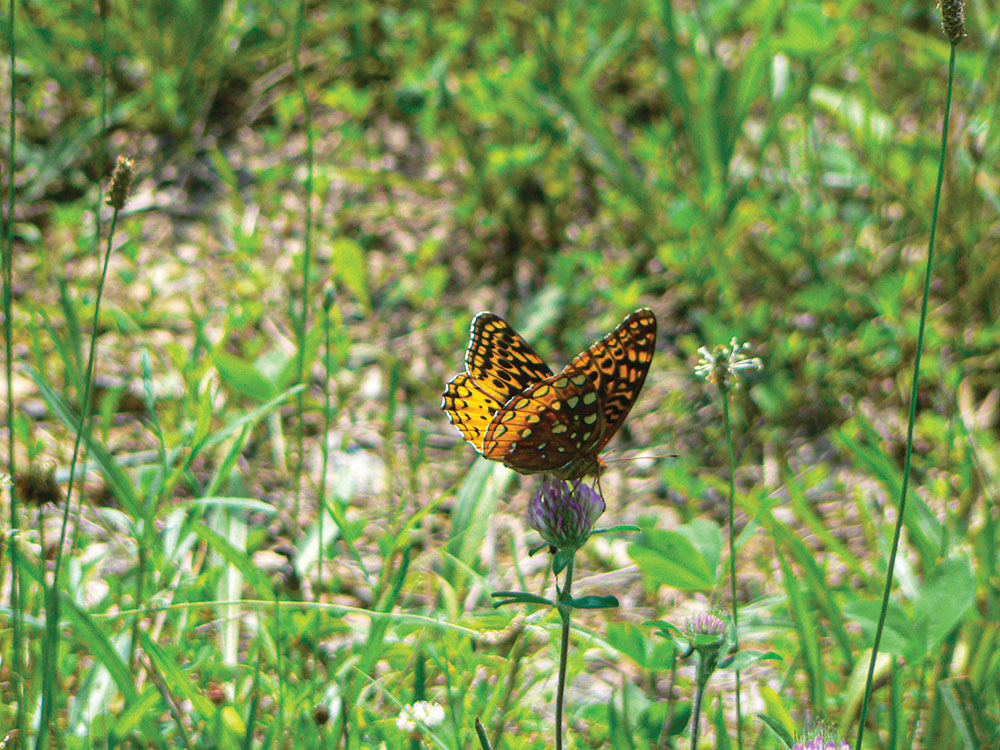
Benefits Beyond Wildlife
Creating a wildlife habitat or garden has more benefits than just helping wildlife find a meal. There are also more-tangible benefits—namely, in the form of time and money.
According to information from the U.S. Forest Service, “Mowing, chemical treatments, weeding and watering are all costly, both in the terms of what you pay for them and the number of hours that you spend doing them.” And the Xerces Society fact sheet for the Northeast goes on to point out that native plants are adapted to local soils and climates; and, because of this, they often require less water, don’t need fertilizers and are less likely to become weedy.
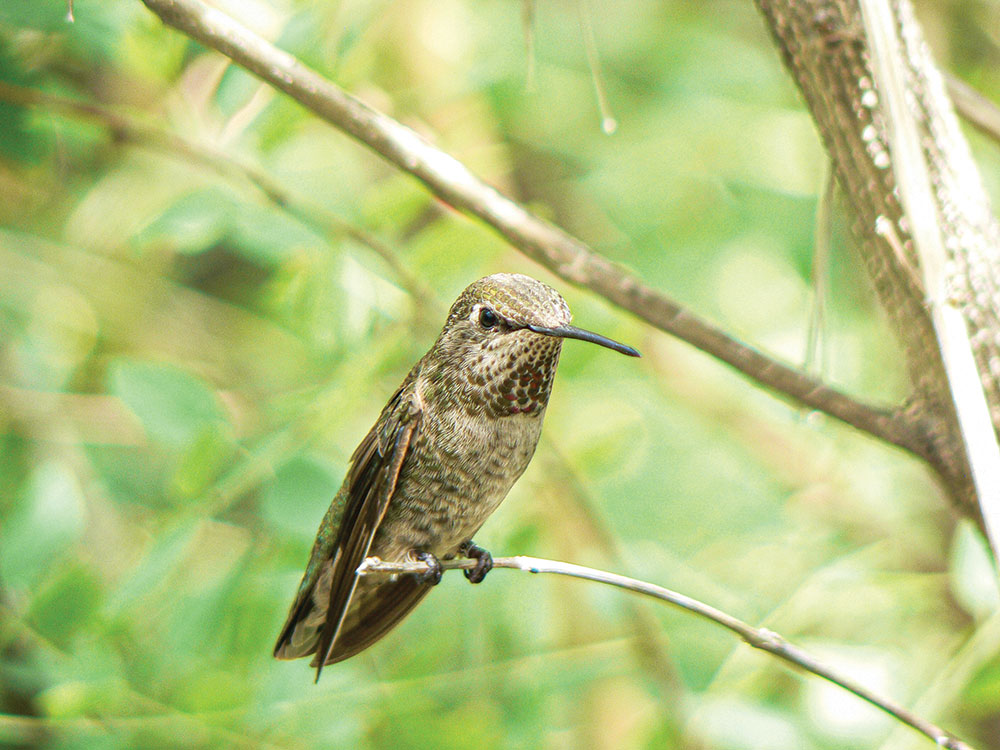
Size Doesn’t Matter
The days of large, unbroken tracts of land devoid of human manipulation are winding down. Almost everywhere you look, there are roads, power lines or oil transportation pipes. There are ranches, farms, villages, towns and cities. Land that was once wide open and free is now broken up into parcels divided by pavement and is occupied by buildings and parking lots. Because the overall big picture isn’t bound to change anytime soon, it’s up to individuals to take charge and decide to make a difference for local animals—and themselves.
“Another thing hat wildlife-friendly gardens give us is peace of mind. No matter how stressful your daily life might be, a trip into a ‘wild’ area always makes you feel better.”
Whether it’s a downtown apartment with a window box of perennials that attracts butterflies or a 20-acre farm with a few acres set aside to grow wild, it all has a positive impact. And, if people can also get a few neighbors to do the same thing, so much the better. Ten window boxes or 10 farms that set aside some land are better than one, because they can form a corridor or network that provides zones in which wildlife can thrive, if not just survive.
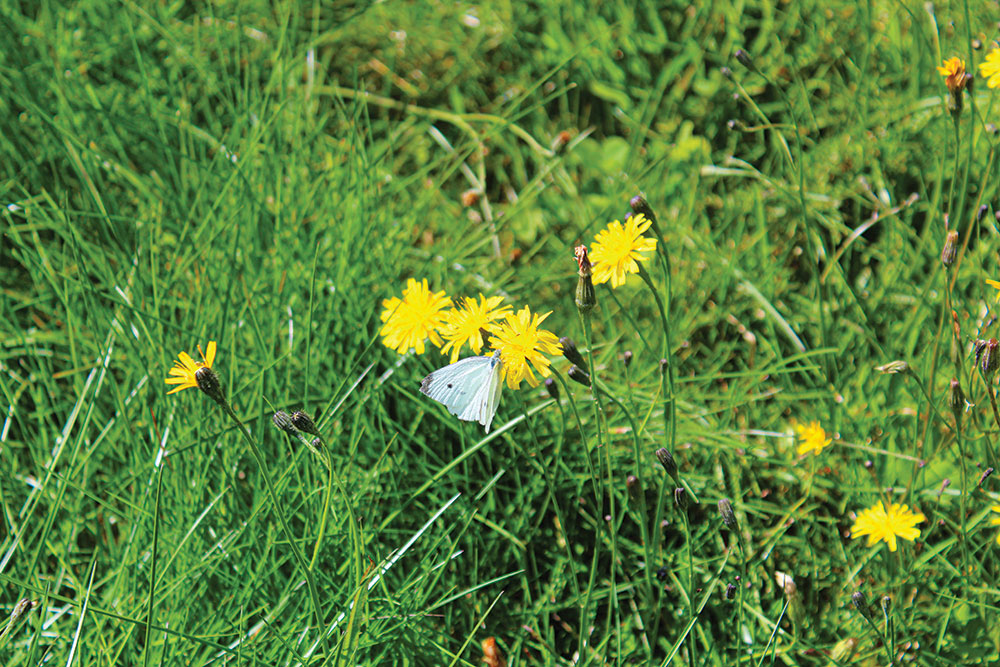
Nature’s Zones
Take a look at a large map of the United States, and you’ll see that our country is made up of environmental zones—the desert Southwest, Great Plains, Great Lakes region and others. Each of these areas has native plants and wildlife (some of which can be found in multiple zones), and they’re broken down even more.
Take a closer look, and you’ll realize there are areas of cleared yards and fields, which are often separated by transition zones of brush and small trees. In many areas, there are also full-blown forests. Each of these areas is characterized by certain plants. For example, open fields will have a variety of perennial ground flowers, while the transition zone might have birch trees, flowing shrubs and fruit trees. The forest might comprise hardwoods such as oak and maple and/or evergreens of pine, spruce or hemlock.
However, while all the zones will be active, the transition zones see the most diversity.
What Does the Wildlife Need?
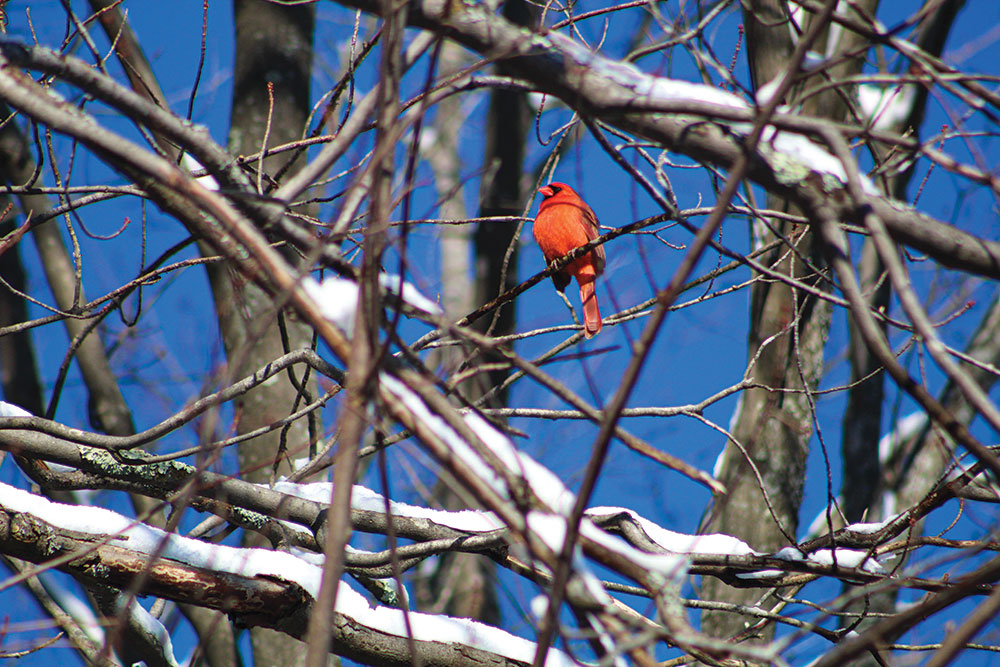
When planting an area as a wildlife habitat, you need to think about all those things that “the locals” would need to survive. Like us, wildlife needs food, water, cover (shelter) and safe places to raise their young. Here’s where our intervention can have a positive effect on the local critter populations.
Food. Start with plants that produce nectar, seeds, nuts, fruit and berries. These plants will attract insects, birds and mammals.
“Creating a wildlife habitat or garden has more benefits than just helping wildlife find a meal. There are also more-tangible benefits—namely, in the form of time and money.“
Water. If you have room on your property, you can create a pond, or you can do what I did: Locate a few birdbaths around your property. Make sure to keep them clean and full.
Cover. Wildlife needs cover from weather and as protection from predators or to stalk their prey. Wood piles and stone walls make great cover, as do shrubs, tree thickets and tall grasses.
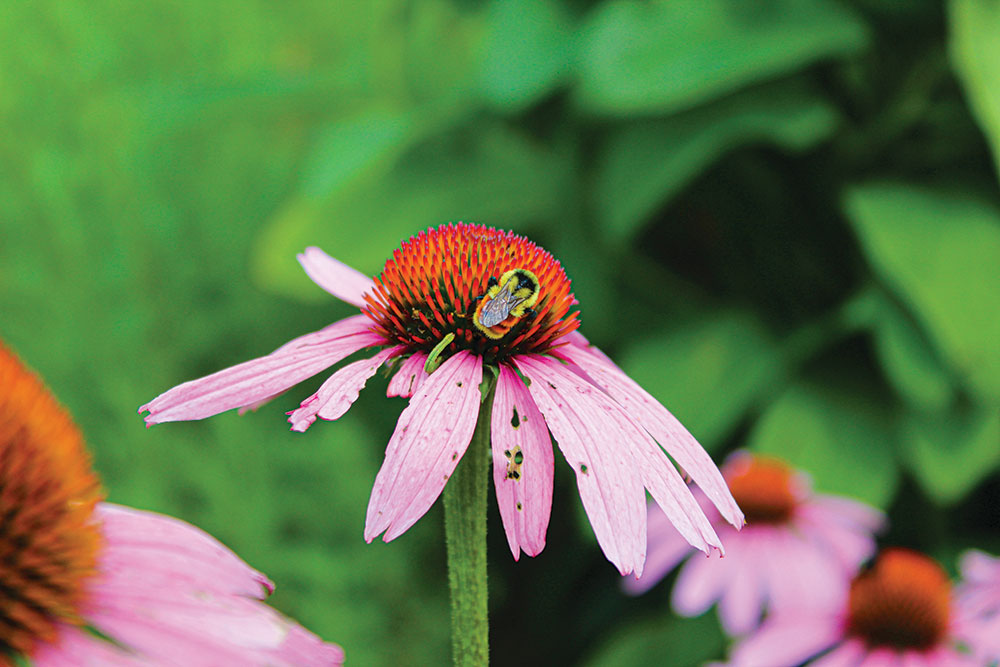
Places to Raise Their Young. Birds like to nest in hollow trees, brush piles and the branches of tall trees. Some of these habitats can be supplemented by bird houses. Some mammals also like hollow trees as dens. Others make their dens under porches and sheds, stone walls and abandoned buildings (in fact, right now, I have a family of skunks, as well as woodchucks, living under my shed. I also have a family of gray foxes living in a brush thicket).
Native vs. Introduced. By far, the best plants and trees to use in your wildlife garden are those that are found naturally in your area. By the way, please don’t go to a state park and dig up plants for your landscape. Instead, purchase them from a local plant center. I’ve also received some plants and small trees from friends who were looking to thin theirs out. If you can’t find what you’re looking for, widen your search. Look to local environmental organizations or even construction companies that might be clearing some land and offer to take some of the saplings. You might need to get creative and think outside the box.
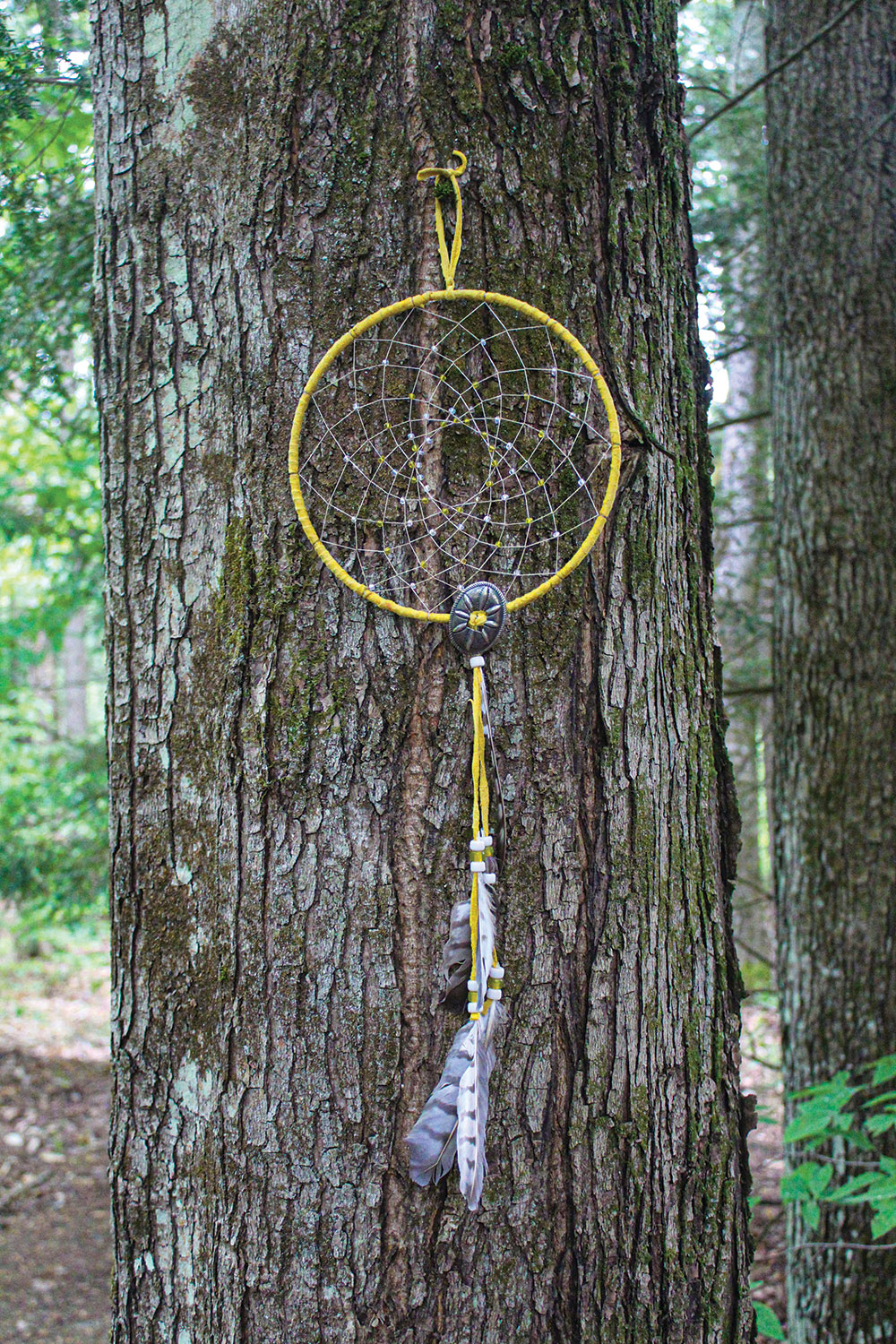
With the exception of the honeybee, most of our pollinators are native insects and birds. They’ve evolved to pollinate native plants, so some might not pollinate non-native plants. My simple rule of thumb is to stay away from plants whose name starts with another country’s name (for instance, Norway maple, Japanese holly, etc.). The word, “ornamental,” is another descriptor I avoid when choosing the appropriate plants and trees.
Perennial vs. Annual. Perennials are plants that come back every year on their own, while annuals are those that last only one year. Annuals are all introduced plants, and most have been manipulated to produce big, bright flowers. Even so, what people call “annuals” in your area can grow as perennials somewhere else in the world. Consequently, you’ll want perennials in your wildlife garden to reduce your work and provide a consistent habitat for your new wildlife friends.
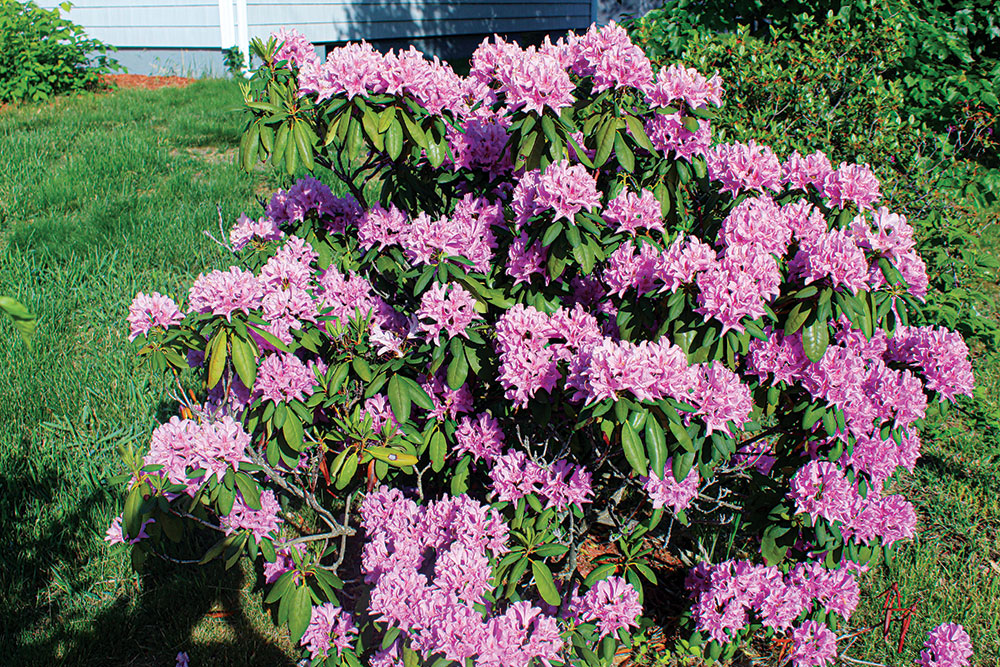
What to Plant
I can’t tell you what to plant in your garden, because each area is unique. What works for me in New Hampshire might not work in Georgia or Alaska. For example, cactus grow freely in Arizona but wouldn’t survive in Maine. Mangrove grow in the waters of Florida but wouldn’t do well in coastal Massachusetts. To find out what works best, contact your state’s agriculture or environmental services department or the local agricultural extension office.
I’ve planted rhododendrons and azaleas in my yard; these are native to many places in the United States. Both plants attract pollinators and give birds places to nest. I‘ve also planted blueberry bushes and a cherry tree to provide food for both myself and the local wildlife. The flowers these plants produce bloom at different times, enabling plenty of bee-pollinating activity.
And, while I do have a lawn, I don’t cut it short; nor do I use commercial fertilizer. There are also areas in which I’ve allowed wildflowers to grow on their own. Again, what I do might not work for you, but there are ways you can do something similar with plants in your area.
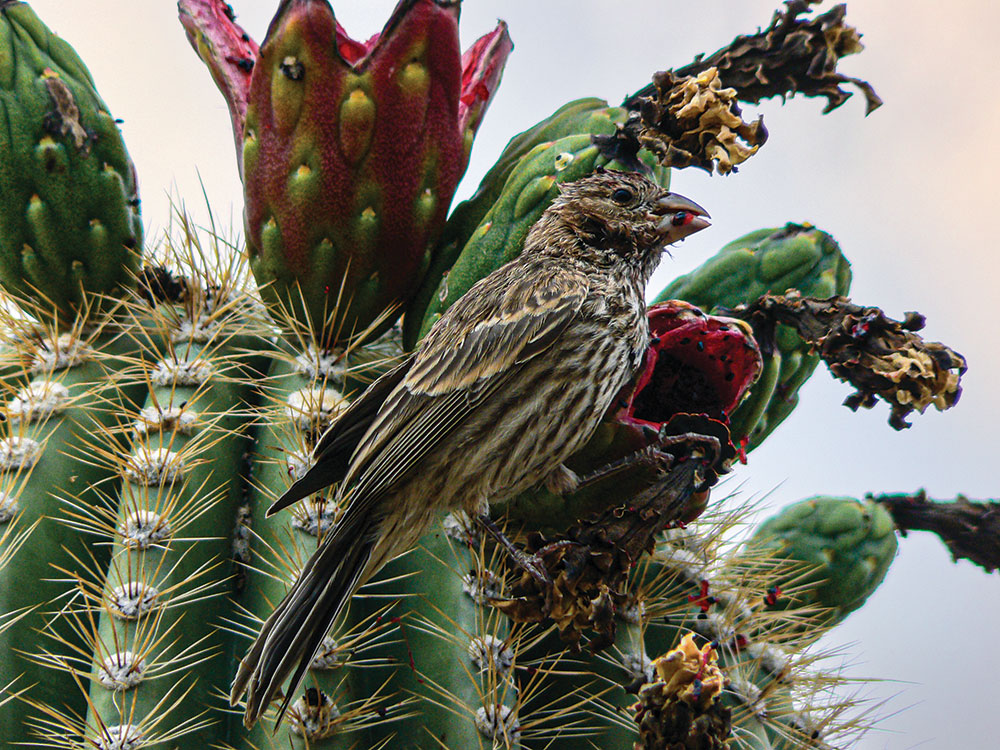
How to Plant
When planting for wildlife, you need to think as nature does. Wildlife habitat is built in layers that range from fields to high tree canopies. Some wildlife might use the ground plants for food but then use shrubs and tall trees for nesting and cover. So, when you decide on your planting plan, you should take the variety of needs and benefits into consideration.
In addition, make your area as diverse as possible. Grow plants that produce flowers and fruit at different times. This makes food and shelter available throughout the year. In addition, it’s been found that planting flowers and shrubs in clumps, as opposed to individual plants scattered throughout the habitat, is much more productive. Wildlife will move from clump to clump as needed throughout the year.
More of our natural habitats are reduced—and many are eliminated—every day. So far, it’s been an inevitable result of adding people to environments in which they hadn’t been before.
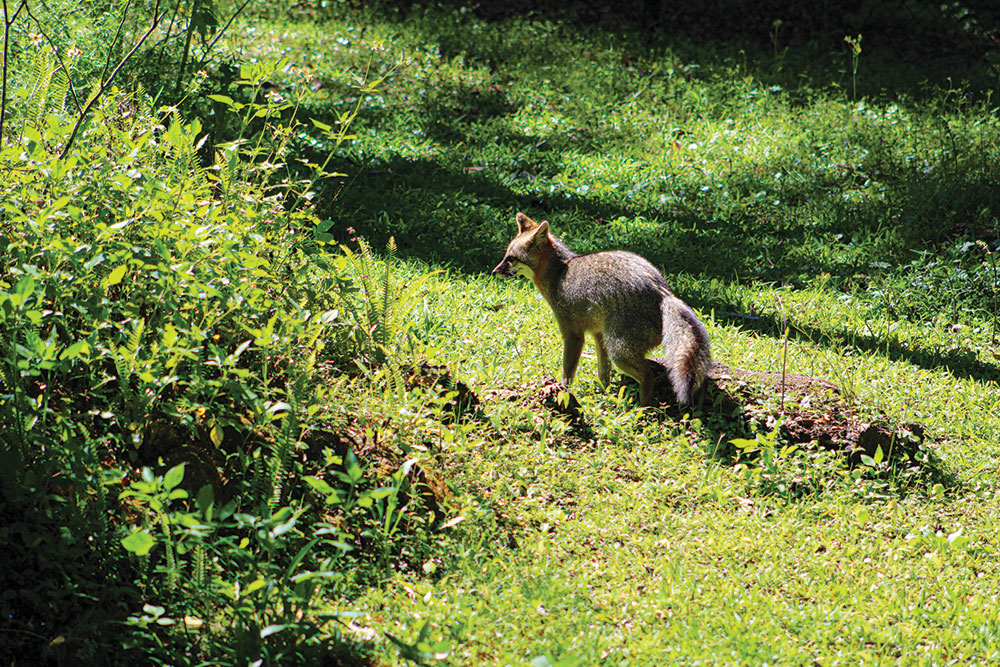
Nevertheless, we can choose to be less disruptive and destructive than we have been. Creating mini- or microhabitats in our yards won’t reverse our impact, but it can offset some of the damage in our immediate areas. Some strategic plantings can also improve the efficiency and output of our gardens and also provide a viable living space for a variety of local wildlife.
If you’ve lived in an area long enough, you’ve seen how natural areas and local wildlife have receded over time. While it’s not reasonable to want to reverse all the changes, it’s still possible to have a positive effect on your area, especially if you encourage your neighbors to join your efforts.
Start with a wildlife garden. You don’t need to give up your lawn; you just need to plan out how you can incorporate native perennials into your existing yard and even add some annuals to keep it looking fresh and bright.
Every bit helps—from a simple flower box or some pots on the back porch to a meadow gone wild. You’ll be surprised at just how much such a garden helps all of us … and helps you develop more peace of mind.
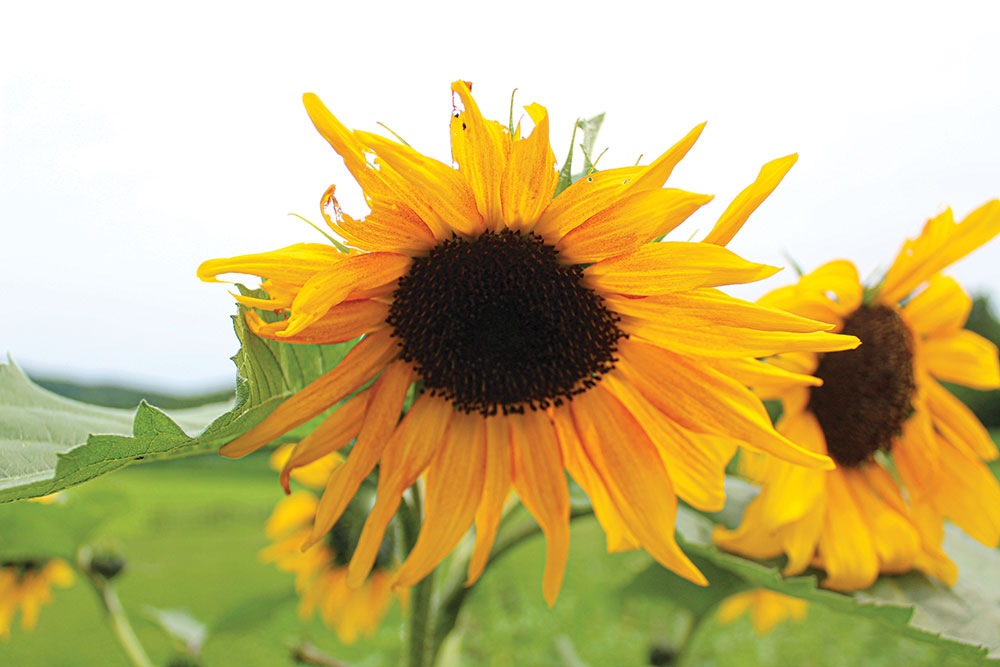
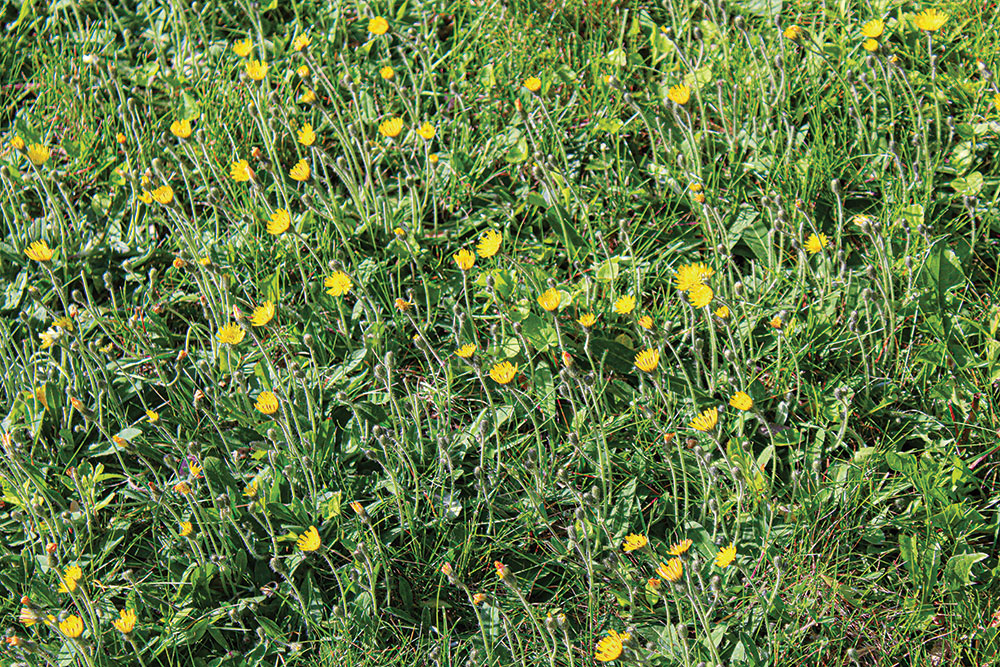
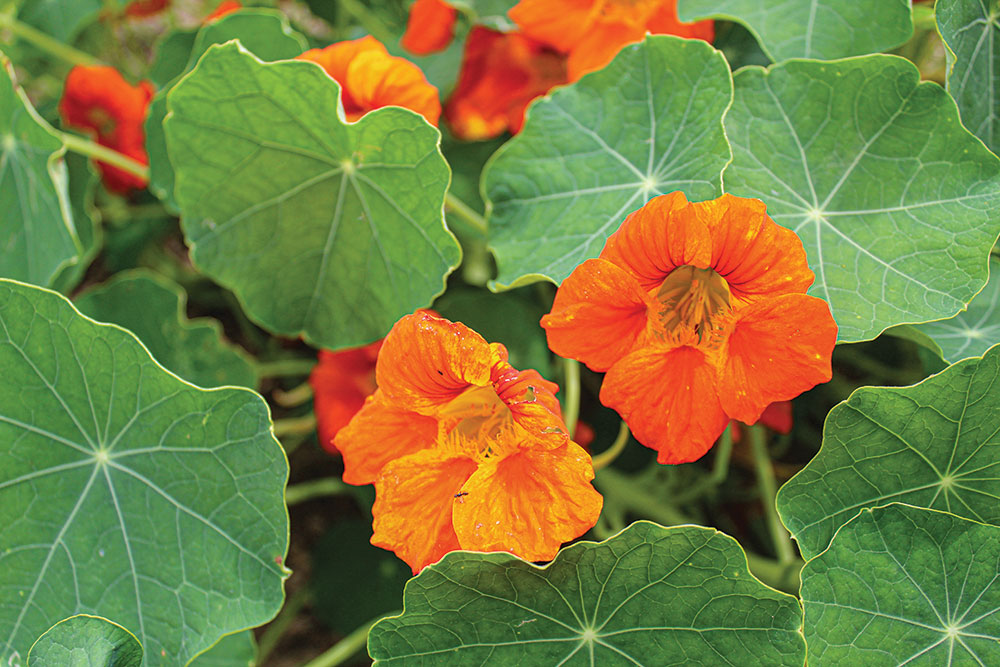
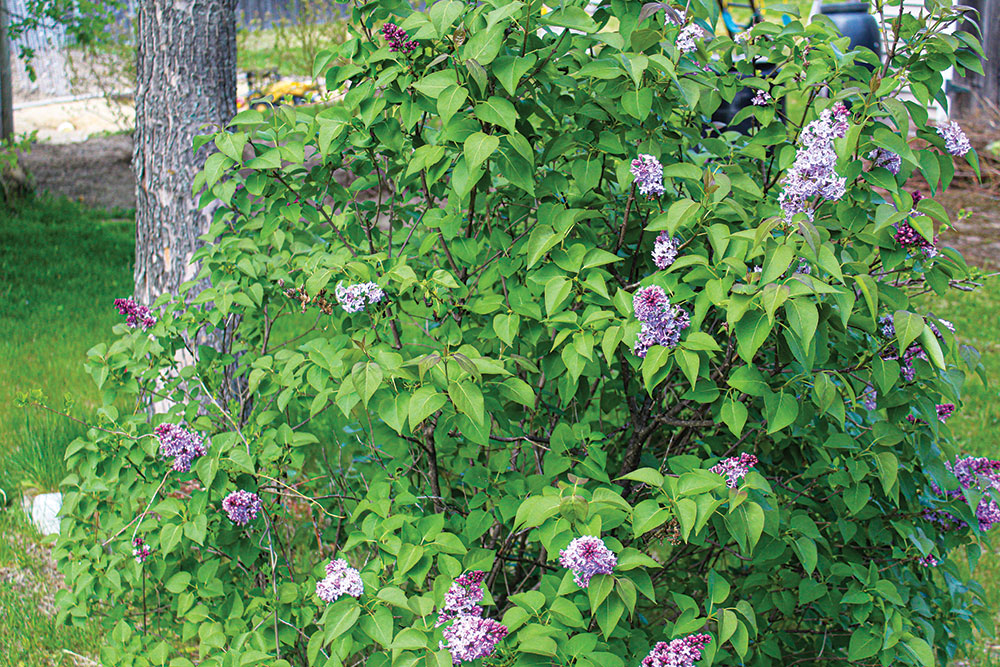
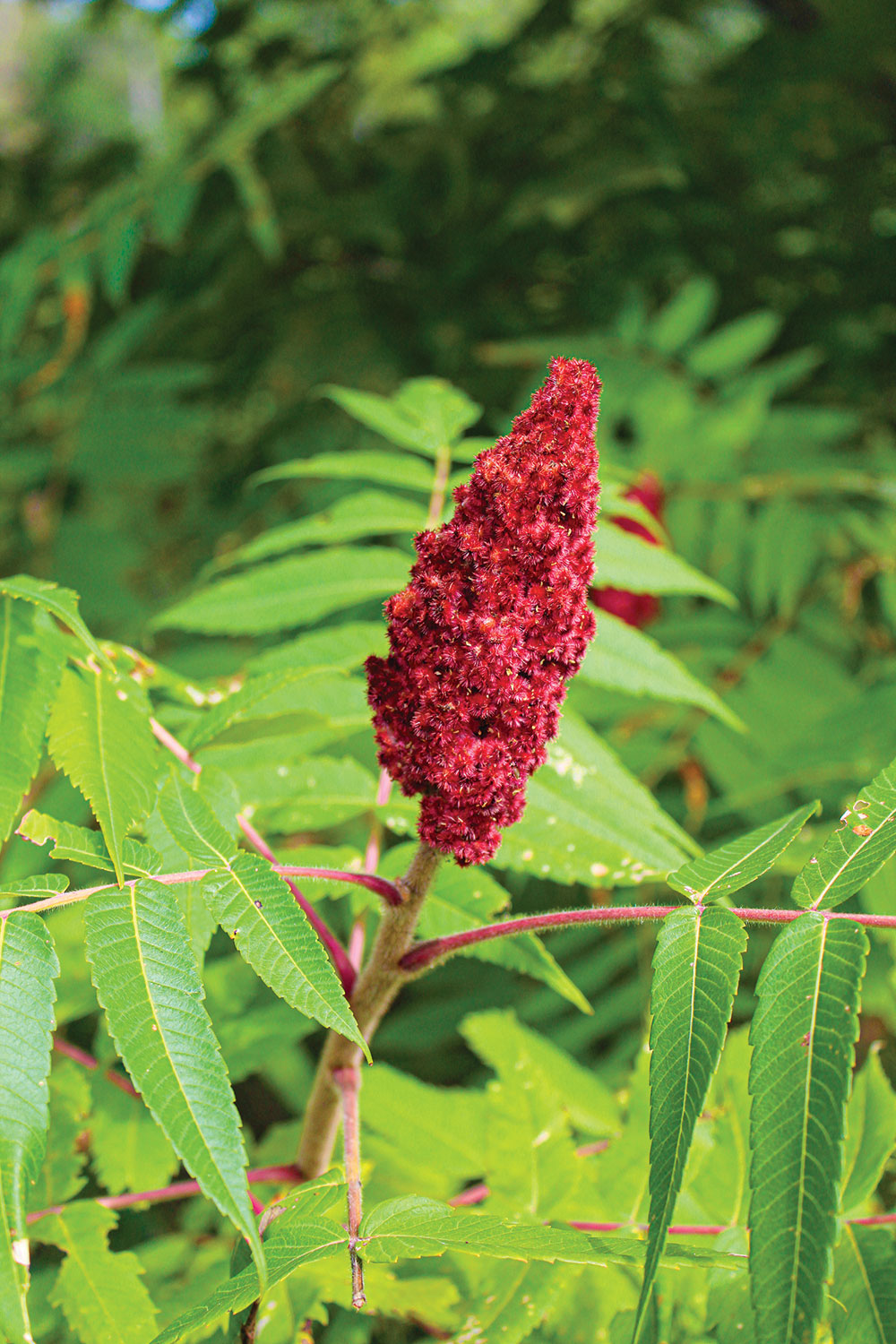
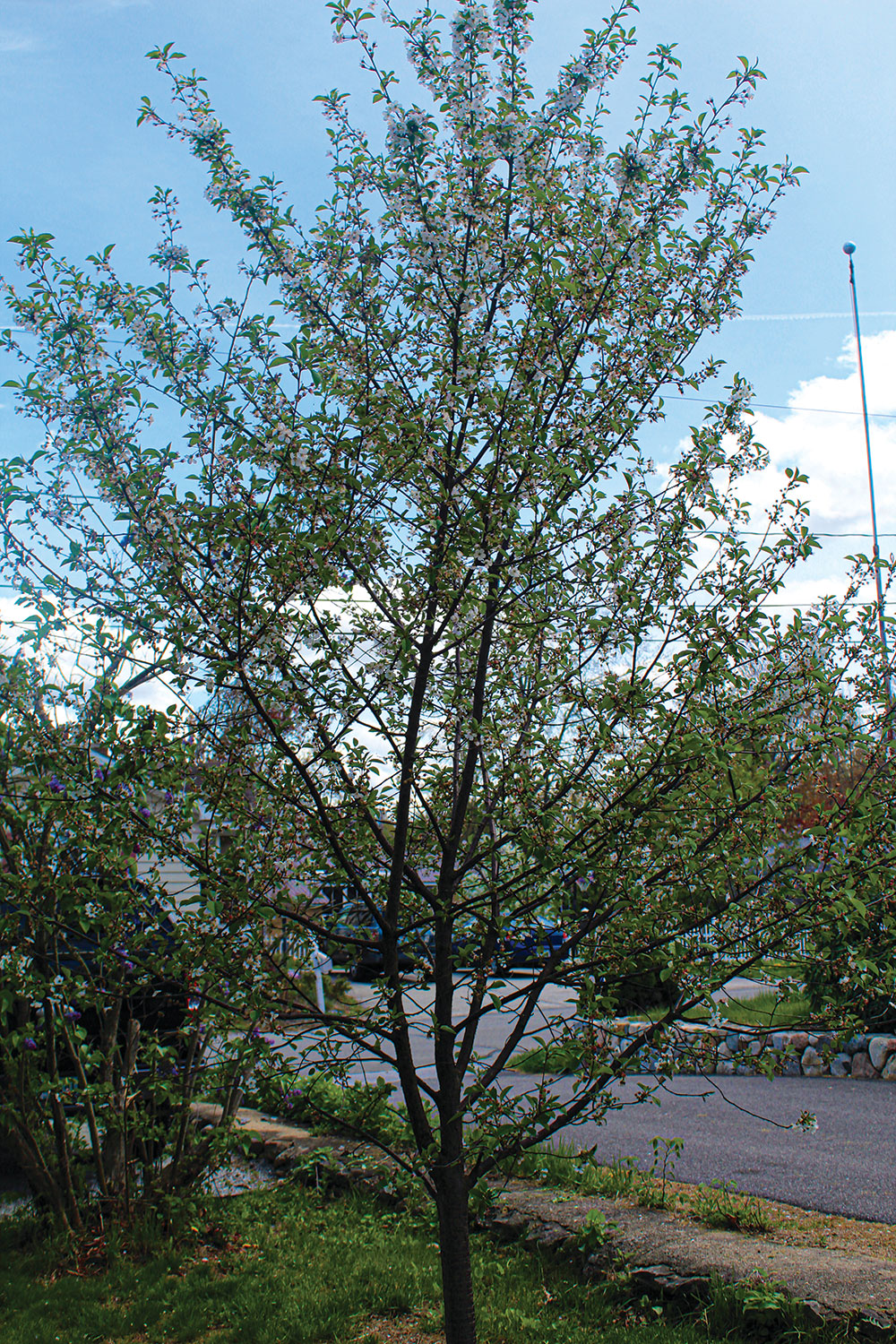
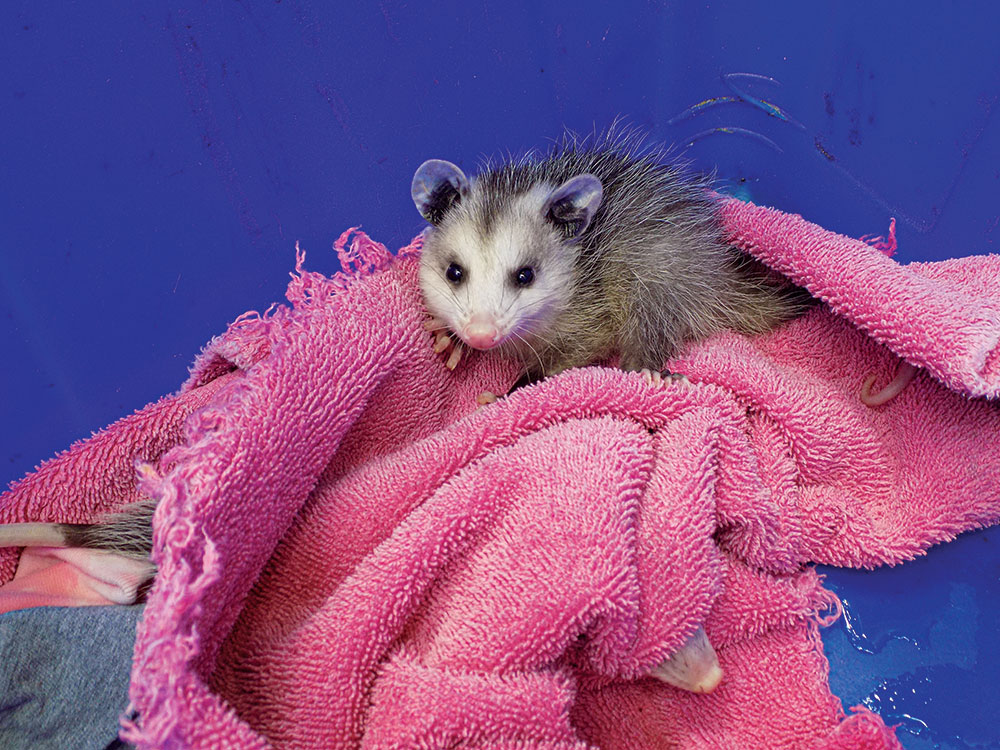
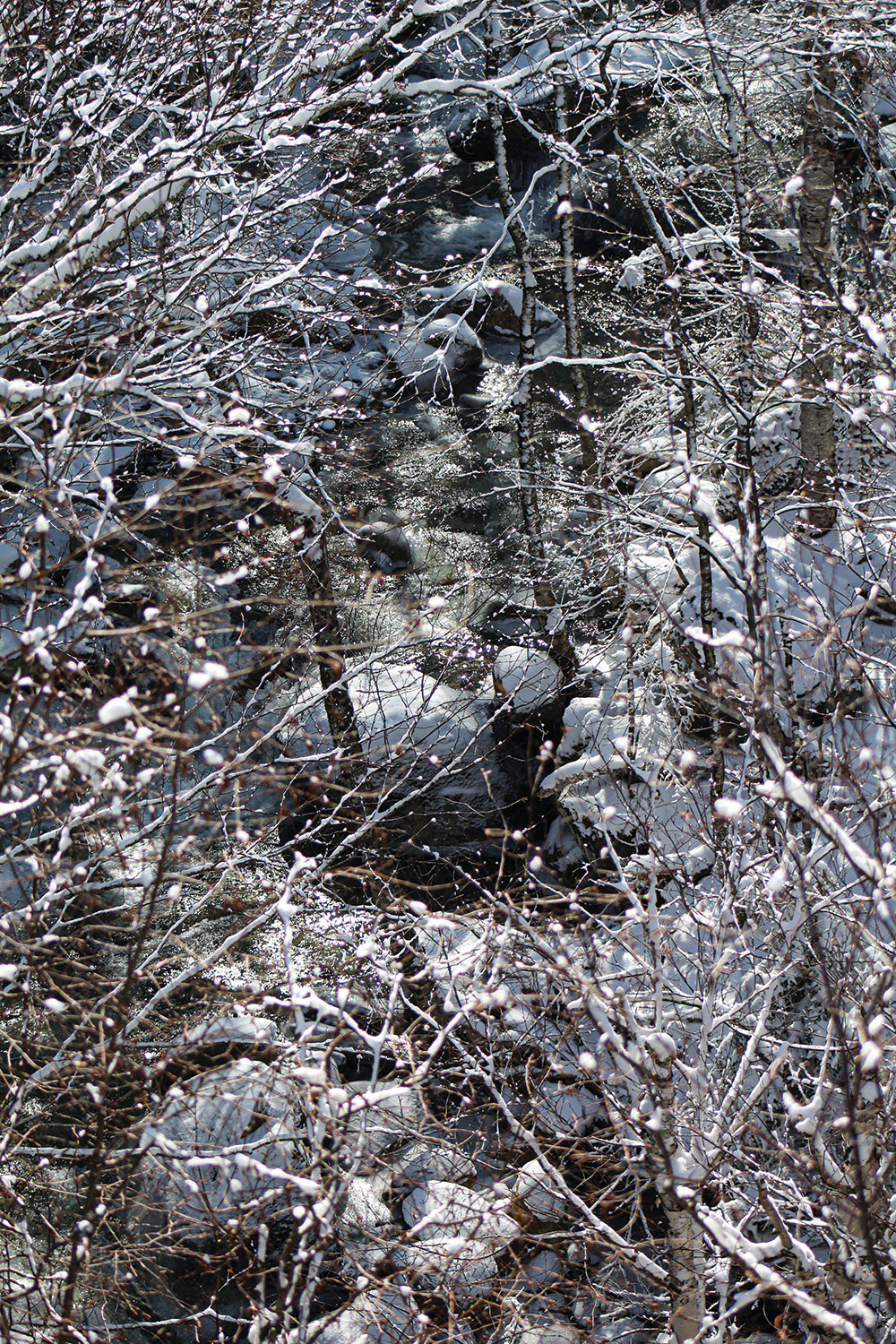
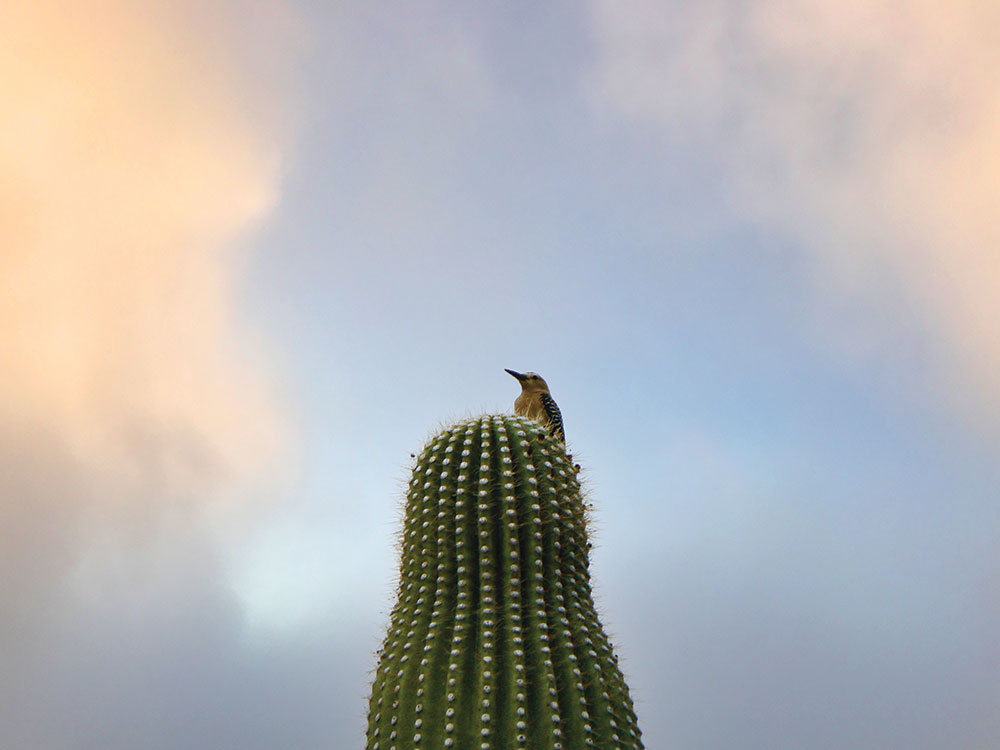
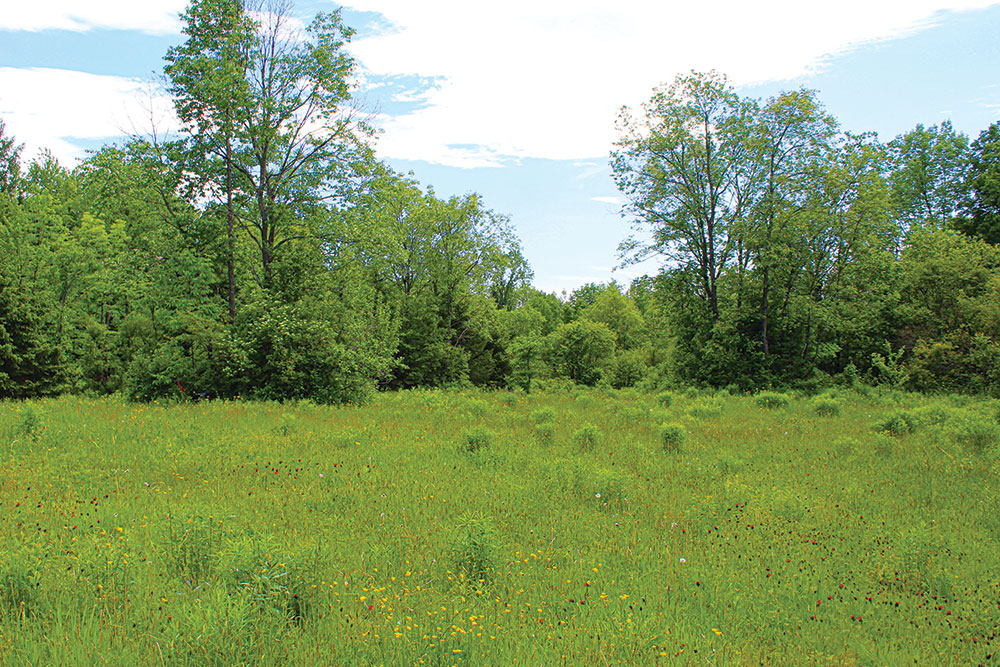
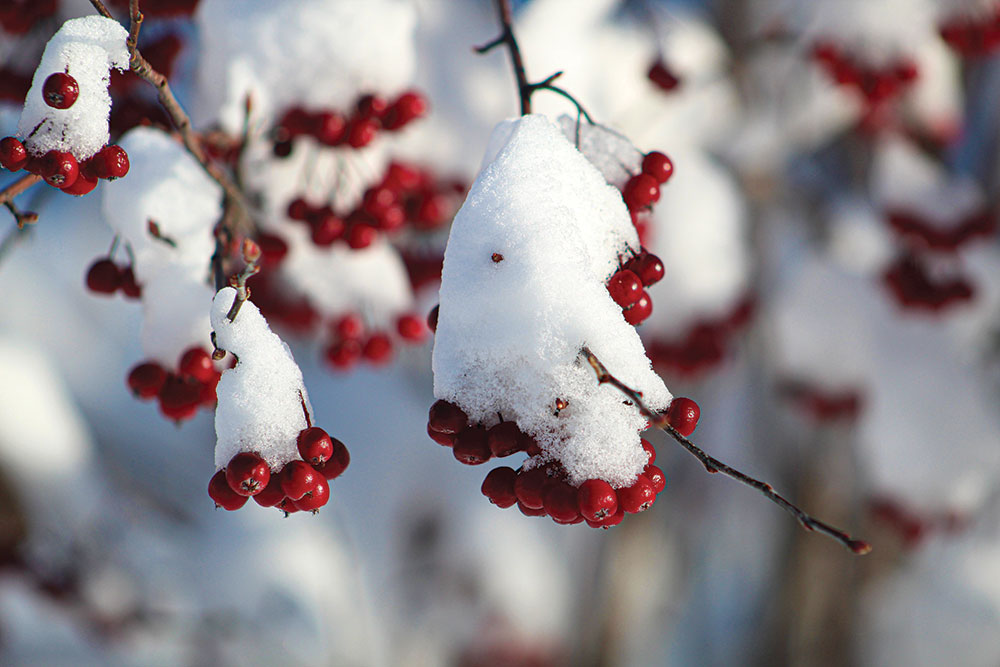
for birds such as cardinals, waxwings and grouse.
Where to Get Your Plants
The easiest way, by far, to get the plants for your wildlife garden is to let nature pick and plant them for you.
For instance, squirrels bury all sorts of seeds and nuts and then forget where they planted them. Birds and the wind disperse seeds as well. In the spring, I like to see what comes up and then take care of the new plants. If something sprouts where I don’t want it, such as around the foundation of my house, I just move it to another location.
Local nurseries are great places to shop for specific plants that do well in your area. It’s much quicker to do it this way than it is to hope and wait. Plus, you get more control over the outcome. You can also ask questions and get the plants that attract specific wildlife or target certain needs you’re looking to fill.
Great Sources
The following are some organizations that have helped me over the years. Many areas have active garden clubs or the like, and they’re typically great resources for plant suggestions and care advice.
National Wildlife Federation
The National Wildlife Federation has a great deal of information on how to set up a wildlife-friendly yard. (NWF.org)
U.S. Forest Service
The U.S. Forest Service is a great source of information regarding native plants found in your area and their benefits to wildlife. (USDA.gov)
Xerces Society for Invertebrate Conservation
The Xerces Society is a wonderful source of information for how to attract pollinators. It offers fact sheets available for all areas of the United States. These fact sheets list all sorts of plants, how to plant them, when they flower and what kind of pollinators they’ll attract. (Xerces.org)


